If you’re looking for a simple way to reduce kitchen waste and create nutrient-rich soil, backyard composting for beginners is the perfect solution. Not only does it help minimize landfill waste, but it also provides excellent organic fertilizer for your plants. As someone who’s been composting for a while now, I can tell you it’s one of the most rewarding steps I’ve taken toward a sustainable lifestyle. Let’s walk through how you can start your own backyard composting system and make a positive impact on the environment!
Why Composting Matters
Every year, a significant portion of household waste consists of food scraps and yard clippings. In fact, the EPA estimates that food waste alone makes up over 20% of what we send to landfills. When these materials end up in landfills, they generate methane gas—a potent greenhouse gas that contributes to climate change. Composting turns these materials into valuable organic matter for your garden instead. It’s an easy and effective way to contribute to a sustainable lifestyle, especially if you’re just starting out with backyard composting for beginners.
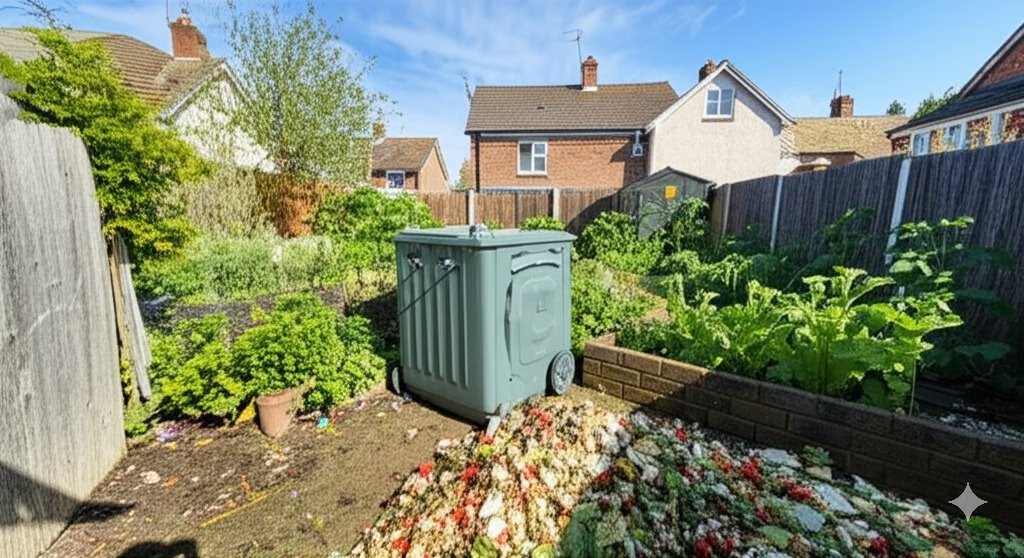
What You Need to Start Composting
To begin backyard composting for beginners, you only need a few essentials. I started with a simple setup in my own backyard, and it was easier than I expected! Here’s what you’ll need:
- A Compost Bin – You can buy one (like the Bamboozle Compost Bin—affiliate link, marked as nofollow) or build a DIY compost bin from wood pallets. I made mine from some old pallets I found, and it worked perfectly!
- Green Waste – Fruit peels, vegetable scraps, coffee grounds, and grass clippings. These provide nitrogen to help the compost break down.
- Brown Waste – Dried leaves, shredded newspaper, cardboard, and straw. These add carbon and balance the compost.
- Water & Air – Moisture and oxygen help speed up the composting process. I learned this the hard way when my first pile got too dry and took forever to decompose!
If you’re new to reducing waste, you might also find our Zero Waste 101 guide helpful for managing your scraps.
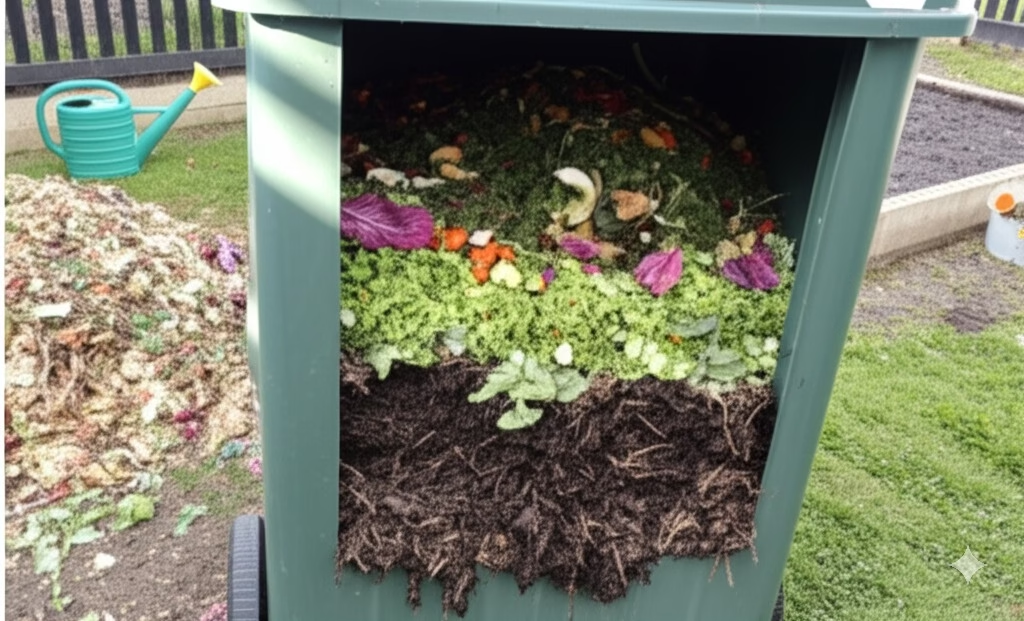
Step-by-Step Guide to Backyard Composting
Ready to get started? Here’s a simple step-by-step guide to backyard composting for beginners that I’ve used to create my own compost:
- Choose a Composting Spot – Pick a shaded area with good drainage. I chose a spot near my garden so I could easily use the compost later.
- Layer Green and Brown Materials – Start with brown waste, then add green waste on top. Aim for a 3:1 ratio of brown to green to keep things balanced.
- Turn the Pile Regularly – Mixing the pile every few weeks speeds up decomposition. I use a pitchfork to turn mine—it’s a good workout!
- Maintain Moisture Levels – The compost should feel like a damp sponge. If it’s too dry, add water; if it’s too wet, add more brown waste.
- Wait for the Magic – In a few months, you’ll have rich, dark compost ready to use. My first batch took about 3 months, and I was so excited to see the results!
For more tips on managing kitchen waste, check out our EcoDweller Hacks: Cut Kitchen Waste Today.
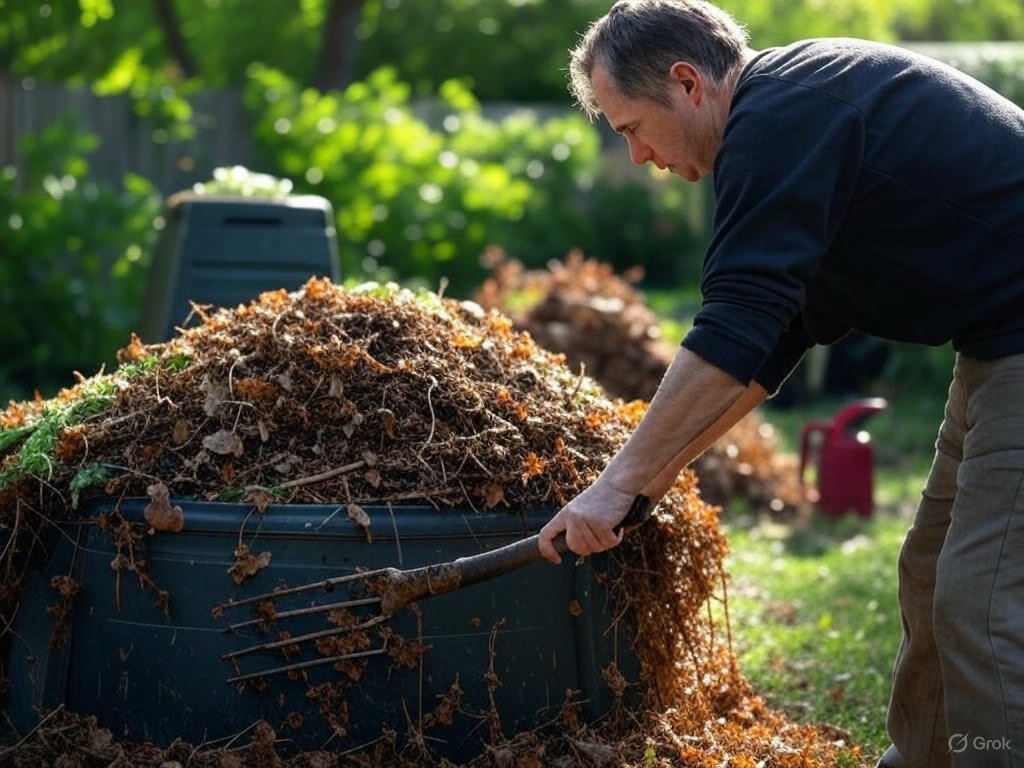
Common Composting Mistakes to Avoid
When I first started composting, I made a few mistakes that slowed down the process. Here are some common pitfalls to watch out for with backyard composting for beginners:
- Too Much Green Waste – Can cause a foul smell. I once added too many fruit peels, and the pile started to stink—adding more brown waste fixed it.
- No Air Circulation – Leads to slow decomposition. Make sure to turn your pile regularly to let oxygen in.
- Adding Meat or Dairy – Attracts pests and slows composting. Stick to plant-based materials to keep things pest-free.
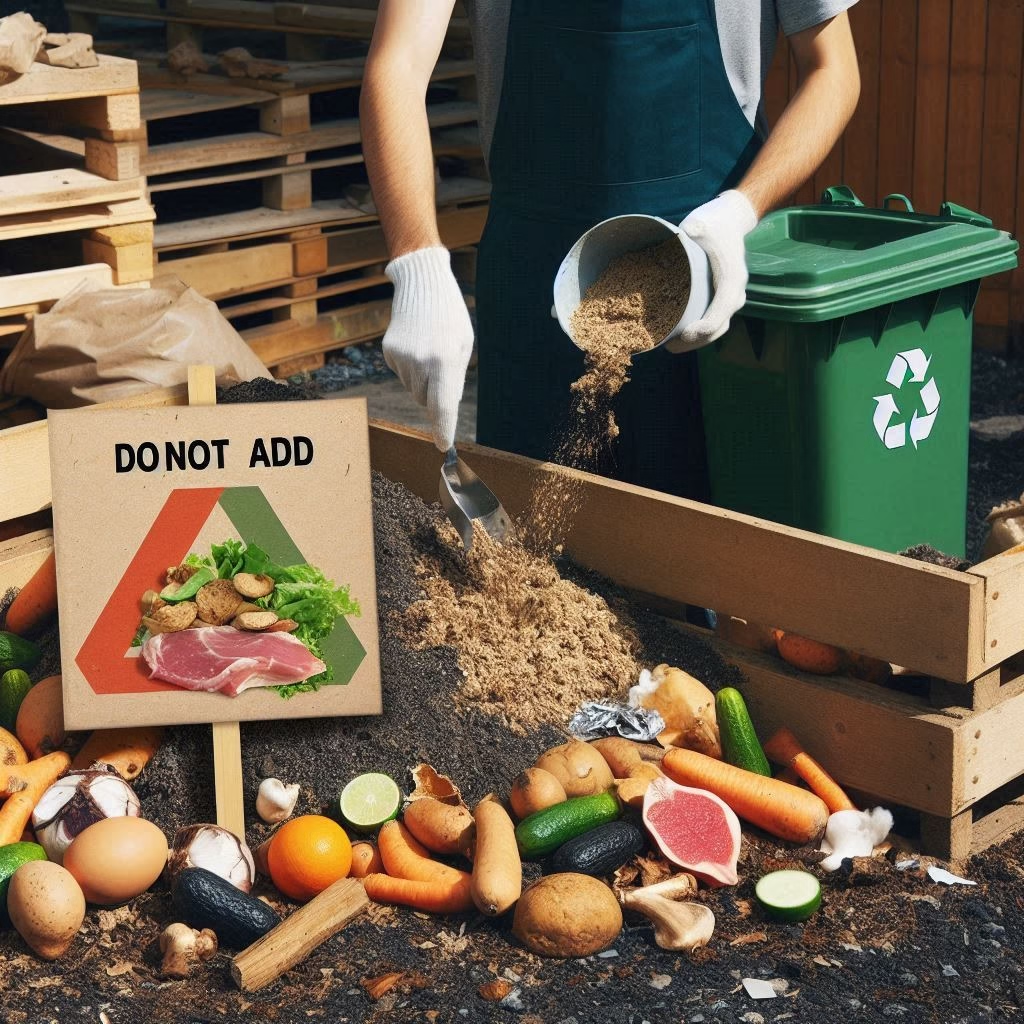
Using Your Compost
Once your compost is ready, you’ll have a dark, crumbly material that smells earthy—not like garbage! Here are some ways to use it:
- Garden Soil Enrichment – Mix it into your garden beds for healthier plants. I added mine to my veggie garden, and my tomatoes have never looked better!
- Mulching – Spread it around trees and flowers to retain moisture. This works great for keeping my flower beds hydrated during dry spells.
- Indoor Plants – Add a small amount to potted plants for extra nutrients. I use a little in my indoor herb pots, and they’re thriving.
If you’re new to sustainable gardening, you might also like our Sustainable Living Guide for more ideas.
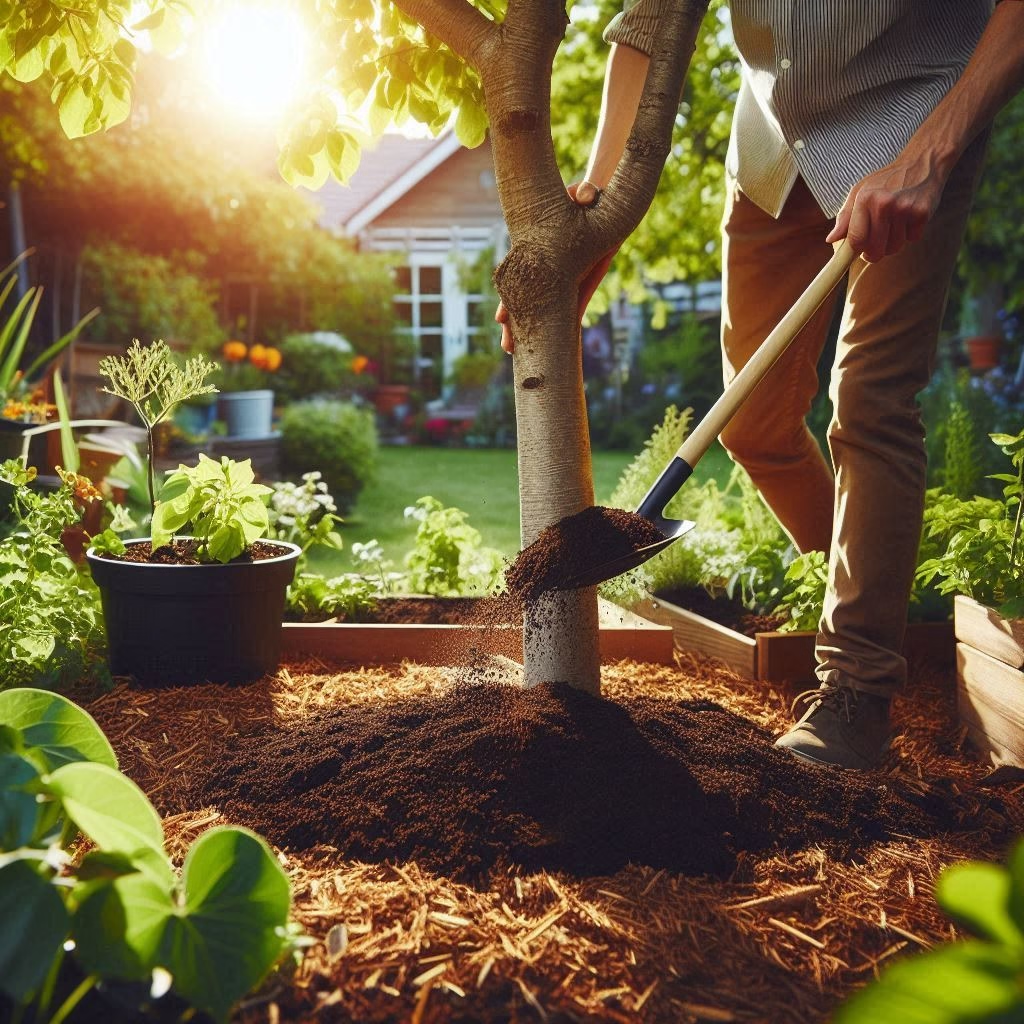
Final Thoughts
Starting a backyard composting system is an easy step toward reducing waste and improving soil health. With just a little effort, you can make a big impact on the environment. I’ve loved seeing my kitchen scraps turn into something so useful for my garden—it’s a small change that feels incredibly rewarding. What’s your next step toward sustainable living? Drop a comment below—I’d love to hear about it! Stay tuned for more eco-friendly tips in our next post!
